*** Proof of Product ***
Exploring the Essential Features of “David Kung – Mind-Bending Math: Riddles and Paradoxes”
Mind-Bending Math: Riddles and Paradoxes
Want to stretch your brain in surprising ways? If you like to think, solve riddles, and exercise your brain, this captivating course examining logic-based brain teasers is for you.
LESSON
Trailer
01:Everything in This Lecture Is False
Plunge into the world of paradoxes and puzzles with a “strange loop,” a self-contradictory problem from which there seems no escape. Two examples: the liar’s paradox and the barber’s paradox. Then “prove” that 1+1=1, and visit the Island of Knights and Knaves, where only the logically minded survive!…
33 min
02:Elementary Math Isn’t Elementary
Discover why all numbers are interesting and why 0.99999… is nothing less than the number 1. Learn that your intuition about breaking spaghetti noodles is probably wrong. Finally, see how averages-from gas mileage to the Dow Jones Industrial Average-can be deceptive….
28 min
03:Probability Paradoxes
Investigate a puzzle that defied some of the most brilliant minds in mathematics: the Monty Hall problem, named after the host of Let’s Make a Deal! Hall would let contestants change their guess about the location of a hidden prize after revealing new information about where it was not. Also consider how subtle changes of wording-“my elder child is a girl” vs. “one of my children is a girl”-change…
31 min
04:Strangeness in Statistics
While some statistics are deliberately misleading, others are the product of confused thinking due to Simpson’s paradox and similar errors of statistical reasoning. See how this problem arises in sports, social science, and especially medicine, where even medical students and doctors can be misled….
31 min
05:Zeno’s Paradoxes of Motion
Tour a series of philosophical problems from 2,400 years ago: Zeno’s paradoxes of motion, space, and time. Explore solutions using calculus and other techniques. Then look at the deeper philosophical implications, which have gained new relevance through the discoveries of modern physics….
30 min
06:Infinity Is Not a Number
The paradoxes associated with infinity are… infinite! Begin with strategies for fitting ever more visitors into a hotel that has an infinite number of rooms, but where every room is already occupied. Also sample a selection of supertasks, which are exercises with an infinite number of steps that are completed in finite time….
29 min
07:More Than One Infinity
Learn how Georg Cantor tamed infinity and astonished the mathematical world by showing that some infinite sets are larger than others. Then use a matching game inspired by dodge ball to prove that the set of real numbers is infinitely larger than the set of natural numbers, which is also infinite….
31 min
08:Cantor’s Infinity of Infinities
Randomly pick a real number between 0 and 1. What is the probability that the number is a fraction, such as ¼? Would you believe that the probability is zero? Probe this and other mind-bending facts about infinite sets, including the discovery that made Cantor exclaim, “I see it, but I don’t believe it!”…
33 min
09:Impossible Sets
Delve into Bertrand Russell’s profoundly simple paradox that undermined Cantor’s theory of sets. Then follow the scramble to fix set theory and all of mathematics with a new set of axioms, designed to avoid all paradoxes and keep mathematics consistent-a goal that was partly met by the Zermelo-Fraenkel set theory….
29 min
10:Godel Proves the Unprovable
Study the discovery that destroyed the dream of an axiomatic system that could prove all mathematical truths-Kurt Gödel’s demonstration that mathematical consistency is a mirage and that the price for avoiding paradoxes is incompleteness. Outline Gödel’s proof, seeing how it relates to the liar’s paradox from Lecture 1….
30 min
11:Voting Paradoxes
Learn that determining the will of the voters can require a mathematician. Delve into paradoxical outcomes of elections at national, state, and even club levels. Study Kenneth Arrow’s Nobel prize-winning impossibility theorem, and assess the U.S. Electoral College system, which is especially prone to counterintuitive results….
30 min
12:Why No Distribution Is Fully Fair
See how the founders of the U.S. struggled with a mathematical problem rife with paradoxes: how to apportion representatives to Congress based on population. Consider the strange results possible with different methods and the origin of the approach used now. As with voting, discover that no perfect system exists….
29 min
13:Games with Strange Loops
Leap into puzzles and mind-benders that teach you the rudiments of game theory. Divide loot with bloodthirsty pirates, ponder the two-envelope problem, learn about Newcomb’s paradox, visit the island where everyone has blue eyes, and try your luck at prisoner’s dilemma….
32 min
14:Losing to Win, Strategizing to Survive
Continue your exploration of game theory by spotting the hidden strange loop in the unexpected exam paradox. Next, contemplate Parrando’s paradox that two losing strategies can combine to make a winning strategy. Finally, try increasingly more challenging hat games, using the Axiom of Choice from set theory to perform a miracle….
29 min
15:Enigmas of Everyday Objects
Classical mechanics is full of paradoxical phenomena, which Professor Kung demonstrates using springs, a slinky, a spool, and oobleck (a non-Newtonian fluid). Learn some of the physical principles that make everyday objects do strange things. Also discussed (but not demonstrated): how to float a cruise ship in a gallon of water….
30 min
16:Surprises of the Small and Speedy
Investigate the paradoxes of near-light-speed travel according to Einstein’s special theory of relativity. Separated twins age at different rates, dimensions contract, and other weirdness unfolds. Then venture into the quantum realm to explore the curious nature of light and the true meaning of the Heisenberg uncertainty principle….
33 min
17:Bending Space and Time
Search for the solutions to classic geometric puzzles, including the vanishing leprechaun, in which 15 leprechauns become 14 before your eyes. Next, scratch your head over a missing square, try to connect an array of dots with the fewest lines, and test yourself with map challenges. Also learn how to ride a bicycle with square wheels….
30 min
18:Filling the Gap between Dimensions
Enter another dimension-a fractional dimension! First, hone your understanding of dimensionality by solving the riddle of Gabriel’s horn, which has finite volume but infinite surface area. Then venture into the fractal world of Sierpinski’s triangle, which has ?1.58 dimensions, and the Menger sponge, which has ?2.73 dimensions….
32 min
19:Crazy Kinds of Connectedness
Visit the land of topology, where one shape morphs into another by stretching, pushing, pulling, and deforming-no cutting or gluing allowed. Start simply, with figures such as the Möbius strip and the torus. Then get truly strange with the Klein bottle and the Alexander horned sphere. Study the minimum number of colors needed to distinguish their different spaces….
31 min
20:Twisted Topological Universes
Consider the complexities of topological surfaces. For example, a Möbius strip is non-orientable, which means that left and right switch as you move around it. Watch as Professor Kung plays catch with himself in a 3-torus, and twists his way through a quarter-turn manifold!…
31 min
21:More with Less, Something for Nothing
Many puzzles are optimization problems in disguise. Discover that nature often reveals shortcuts to the solutions. See how light, bubbles, balloons, and other phenomena provide powerful hints to these conundrums. Close with the surprising answer to the Kakeya needle problem to determine the space required to turn a needle completely around….
29 min
22:When Measurement Is Impossible
Prove that some sets can’t be measured-a result that is crucial to understanding the Banach-Tarski paradox, the strangest theorem in all of mathematics, which is presented in Lecture 23. Start by asking why mathematicians want to measure sets. Then learn how to construct a non-measurable set….
34 min
23:Banach-Tarski’s 1 = 1 + 1
The Banach-Tarski paradox shows that you can take a solid ball, split it into six pieces, reassemble three of them into a complete ball the same size as the original, and reassemble the other three into another complete ball, also the same size as the original. Professor Kung explains the mathematics behind this astonishing result….
33 min
24:The Paradox of Paradoxes
Close the course by asking the big questions about puzzles and paradoxes: Why are we so obsessed with them? Why do we relish the mental dismay that comes from contemplating a paradox? Why do we expend so much effort trying to solve conundrums and riddles? Professor Kung shows that there’s method to this madness!…
32 min
DETAILS
Overview
Discover the timeless riddles and paradoxes that have confounded the greatest philosophical, mathematical, and scientific minds in history. Stretching your mind to try to solve a puzzle, even when the answer eludes you, can help sharpen your mind and focus-and it’s an intellectual thrill! Mind-Bending Math will have you contemplating everything from the enthralling paradox of paradoxes to the mysteries of infinity.
About
David Kung
I’ve loved both math and music since I was a kid. I was thrilled to discover the many connections between these two passions of mine. Sharing that excitement with Great Courses customers has been incredibly gratifying.
Dr. David Kung is Professor of Mathematics at St. Mary’s College of Maryland. He earned his B.A. in Mathematics and Physics and his Ph.D. in Mathematics from the University of Wisconsin, Madison. Professor Kung’s musical education began at an early age with violin lessons. As he progressed, he studied with one of the pioneers of the Suzuki method and attended the prestigious Interlochen music camp. While completing his undergraduate and graduate degrees in mathematics, he performed with the Madison Symphony Orchestra. Professor Kung’s academic work focuses on mathematics education. Deeply concerned with providing equal opportunities for all math students, he has led efforts to establish Emerging Scholars Programs at institutions across the country. His numerous teaching awards include the Homer L. Dodge Award for Excellence in Teaching by Junior Faculty, given by St. Mary’s College, and the John M. Smith Teaching Award, given by the Maryland-District of Columbia-Virginia Section of the Mathematical Association of America. Professor Kung’s innovative classes, including Mathematics for Social Justice and Math, Music, and the Mind, have helped establish St. Mary’s as one of the preeminent liberal arts programs in mathematics. In addition to his academic pursuits, Professor Kung continues to be an active musician, playing chamber music with students and serving as the concertmaster of his community orchestra.
REVIEWS
Hotel Whiskey
Mesa AZ
Fascinating
This is one of the very best food-for-thought courses in The Teaching Company’s repertoire. Especially insightful were Lectures #8 on Georg Cantor’s findings, #11 on voting, #12 on apportionment, and #18 to #20 on geometry and topology. Lectures #22 on measure and #23 on the Banach-Tarski paradox are ‘heavy’ and we will have to repeat our viewing to fully comprehend. Professor Kung does a marvelous job of presenting this intriguing material. Time well spent. HWF & ISF, Mesa AZ.
sshatz
Excellent instructor / Complex concepts
This course is truly mind-bending, full of experiments that are fun to observe and puzzles and contradictions that are anything but obvious. Professor Kung is a fine teacher and demonstrates great joy in presenting bizarre, often contradictory, and complex mathematical proofs and concepts. His lessons are well thought out and well illustrated with props, graphs, and animations to help you visualize the subject. Though I enjoy math, puzzle solving, and logical thinking, I found the latter parts of this course concerning topology and measurement difficult to understand. They relied on advanced math that was beyond my level of study. Though interesting, I couldn’t quite wrap my brain around those concepts. No doubt the more mathematical theory you have under your belt, the greater your appreciation of the course will be.
Please see the full list of alternative group-buy courses available here: https://lunacourse.com/shop/

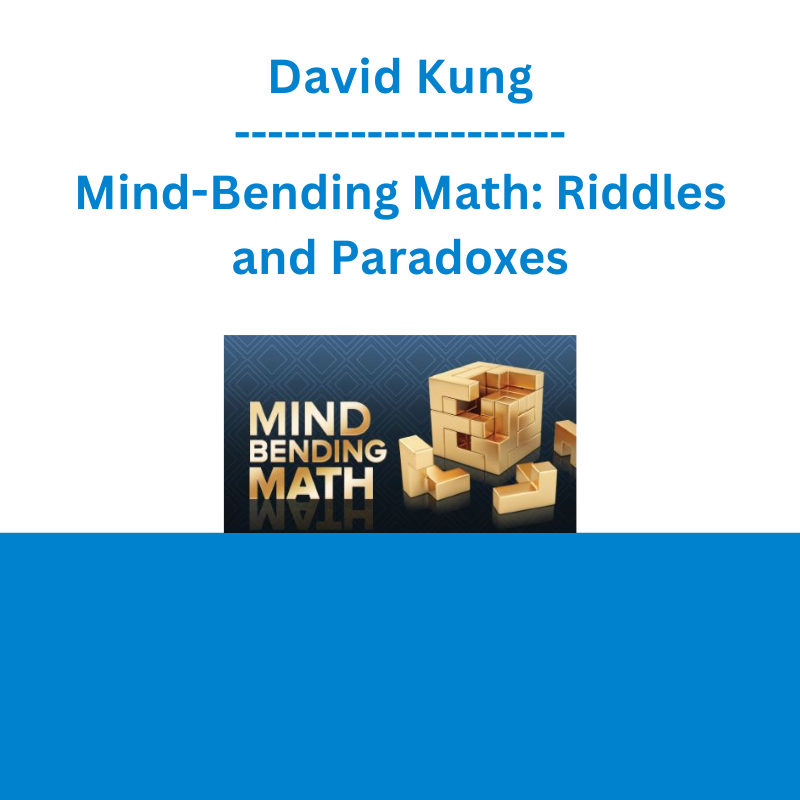

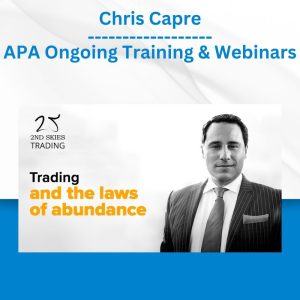

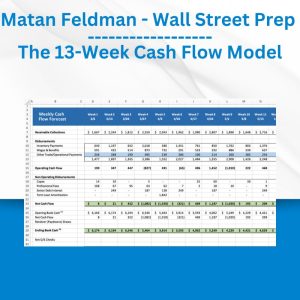
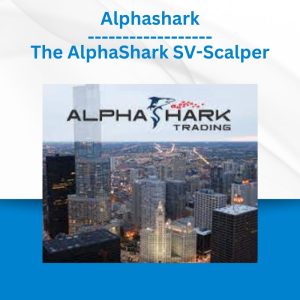


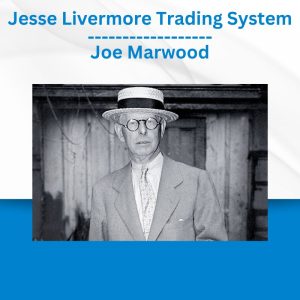
 Greg Loehr - Advanced Option Trading With Broken Wing Butterflies
Greg Loehr - Advanced Option Trading With Broken Wing Butterflies  Dave Landry - Stock Selection Course
Dave Landry - Stock Selection Course